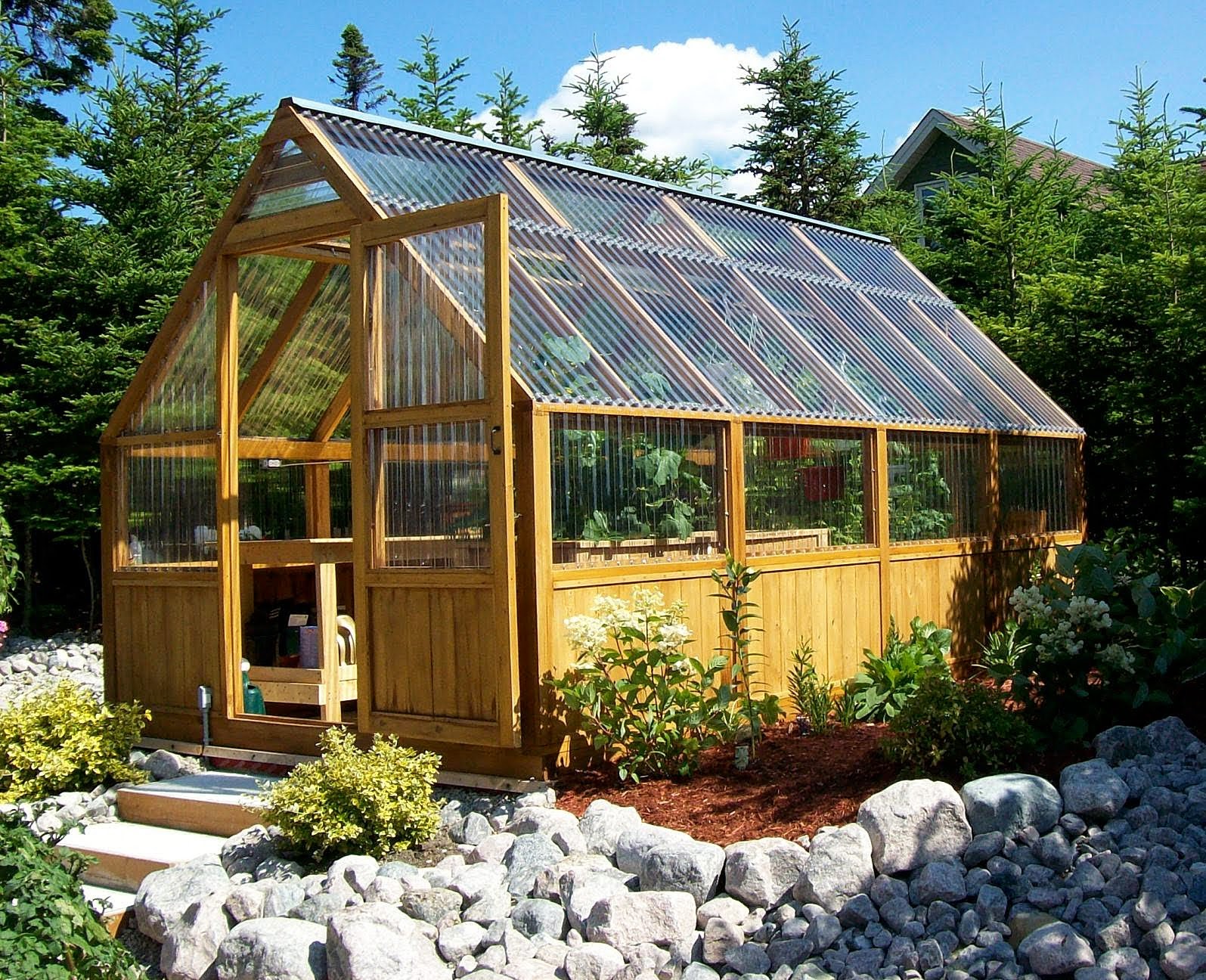Creating a DIY greenhouse is a rewarding project that allows gardening enthusiasts to extend their growing season and nurture plants in a controlled environment. A greenhouse not only enhances your gardening experience but also provides a sanctuary for your favorite plants, protecting them from harsh weather conditions. In this comprehensive guide, we will explore everything you need to know about building your own DIY greenhouse, from planning and materials to maintenance and benefits.
Whether you're a seasoned gardener or just starting out, a DIY greenhouse can be tailored to suit your specific needs and space constraints. This article will delve into the various types of greenhouses, essential materials, step-by-step building instructions, and maintenance tips to ensure your plants thrive. Get ready to embark on a journey that transforms your gardening experience!
By the end of this article, you'll be equipped with all the knowledge necessary to create a successful DIY greenhouse that not only boosts your gardening productivity but also becomes a beautiful feature in your backyard. Let's get started!
Table of Contents
- Benefits of DIY Greenhouses
- Types of Greenhouses
- Planning Your Greenhouse
- Materials You Need
- Step-by-Step Guide to Building Your Greenhouse
- Maintenance and Care for Your Greenhouse
- Common Issues and Solutions
- Conclusion
Benefits of DIY Greenhouses
Building a DIY greenhouse offers numerous advantages, making it a worthwhile investment for any gardening enthusiast:
- Extended Growing Season: A greenhouse allows you to start planting earlier in the spring and continue growing later into the fall.
- Controlled Environment: You can regulate temperature, humidity, and light, providing optimal conditions for plant growth.
- Protection from Pests: A greenhouse acts as a barrier against pests and diseases that can harm your plants.
- Variety of Plants: You can grow a wider variety of plants, including tropical species that require warmer conditions.
- Cost-Effective: With a DIY approach, you can save money compared to purchasing a pre-made greenhouse.
Types of Greenhouses
There are several types of greenhouses to consider, each with its own set of advantages:
1. Lean-To Greenhouse
A lean-to greenhouse is attached to an existing structure, such as a house or garage. This design is space-efficient and easy to build.
2. Freestanding Greenhouse
A freestanding greenhouse offers more space and flexibility in design. You can place it anywhere in your garden, allowing for optimal sunlight exposure.
3. Hoop House
Hoop houses are simple, low-cost structures made of plastic sheeting stretched over a series of hoops. They are ideal for beginners and temporary setups.
4. Cold Frame
A cold frame is a small, low greenhouse that is typically used for starting seedlings or protecting plants from frost. It’s a great option for small gardens.
Planning Your Greenhouse
Proper planning is crucial for a successful DIY greenhouse project. Here are some key considerations:
- Location: Choose a site that receives ample sunlight and is sheltered from strong winds.
- Size: Determine the size based on the plants you want to grow and the available space in your garden.
- Ventilation: Plan for adequate ventilation to prevent overheating and humidity buildup.
- Accessibility: Ensure that your greenhouse is easily accessible for maintenance and harvesting.
Materials You Need
The materials required for your DIY greenhouse will depend on the design you choose. Here’s a general list of materials:
- Frame Materials: Wood, metal, or PVC pipes.
- Covering Materials: Polycarbonate panels, plastic sheeting, or glass.
- Foundation: Concrete blocks or treated wood for the base.
- Ventilation: Windows, fans, or vents.
- Tools: Hammer, saw, screws, and measuring tape.
Step-by-Step Guide to Building Your Greenhouse
Follow these steps to construct your own DIY greenhouse:
Step 1: Design Your Greenhouse
Sketch out your greenhouse design, considering the size, shape, and materials you will use.
Step 2: Prepare the Site
Clear the area of debris and level the ground where your greenhouse will be built.
Step 3: Build the Foundation
Lay a solid foundation using concrete blocks or treated wood to provide stability.
Step 4: Construct the Frame
Assemble the frame using your chosen materials, ensuring it is sturdy and secure.
Step 5: Add the Covering
Install the covering material, ensuring there are no gaps for heat and humidity to escape.
Step 6: Install Ventilation
Add windows or vents to promote airflow and regulate temperature inside the greenhouse.
Step 7: Final Touches
Paint or treat the wood to protect it from the elements, and add shelves or planting beds as needed.
Maintenance and Care for Your Greenhouse
To keep your DIY greenhouse in optimal condition, regular maintenance is essential:
- Cleaning: Clean the glass or plastic covering to maximize sunlight penetration.
- Temperature Control: Monitor and adjust ventilation and shading as necessary to maintain a stable temperature.
- Pest Management: Regularly check for pests and implement organic pest control methods.
- Watering: Ensure plants receive adequate water without over-saturating the soil.
Common Issues and Solutions
Even with proper planning, you may encounter some challenges:
- Overheating: Install additional ventilation or shade cloth to reduce temperature.
- Pest Infestation: Use organic pesticides or introduce beneficial insects like ladybugs.
- Humidity Problems: Ensure proper airflow and consider using a dehumidifier if necessary.
Conclusion
Building a DIY greenhouse is an exciting venture that enhances your gardening experience and allows you to cultivate a wider variety of plants. With careful planning, the right materials, and ongoing maintenance, you can create a thriving environment for your plants.
We encourage you to share your experiences with DIY greenhouse building in the comments below and explore more gardening tips and tricks on our website!
Thank you for reading, and happy gardening!
- La Freeway Protest
- Thay Ksada
- Oleksandr Zinchenko
- 1470855 Zack Lugos Biography Age Height Net Worth Girlfriend Brother
- 1230857 Tyler Perry Net Worth Age Height House Wife Son
- 1534693 Piece Female Characters Deserve Attention
- Josh Allen Old Tweets
- Kristy Mcnichol
- Tiffany Link Earrings


